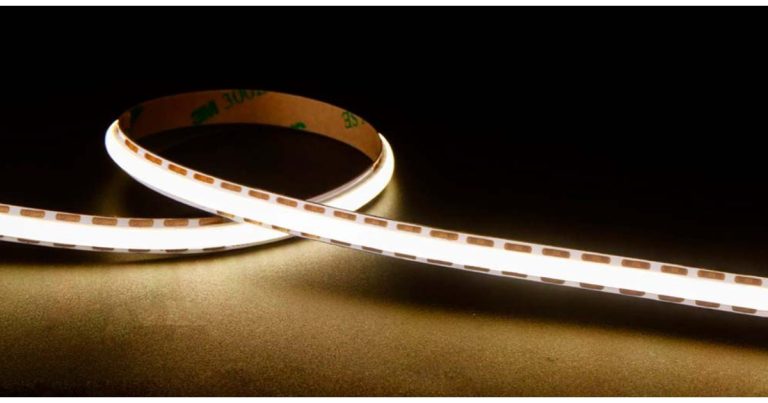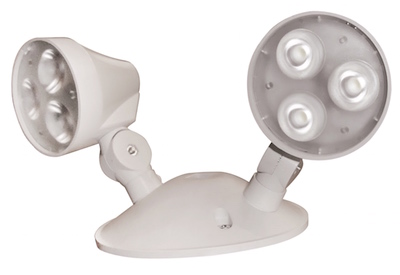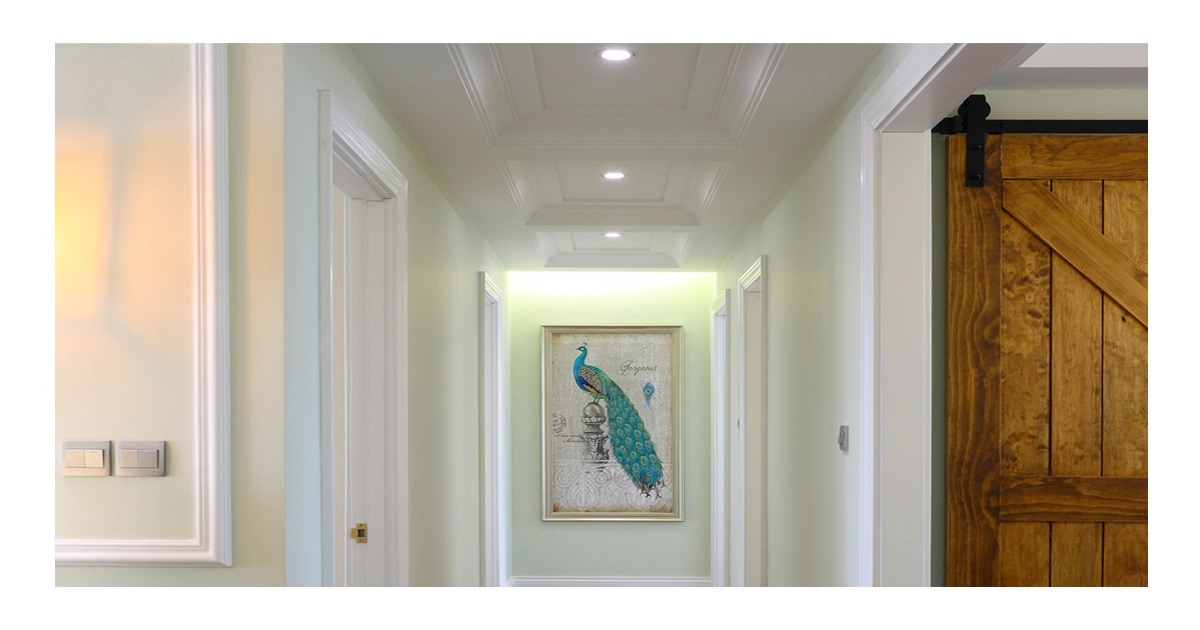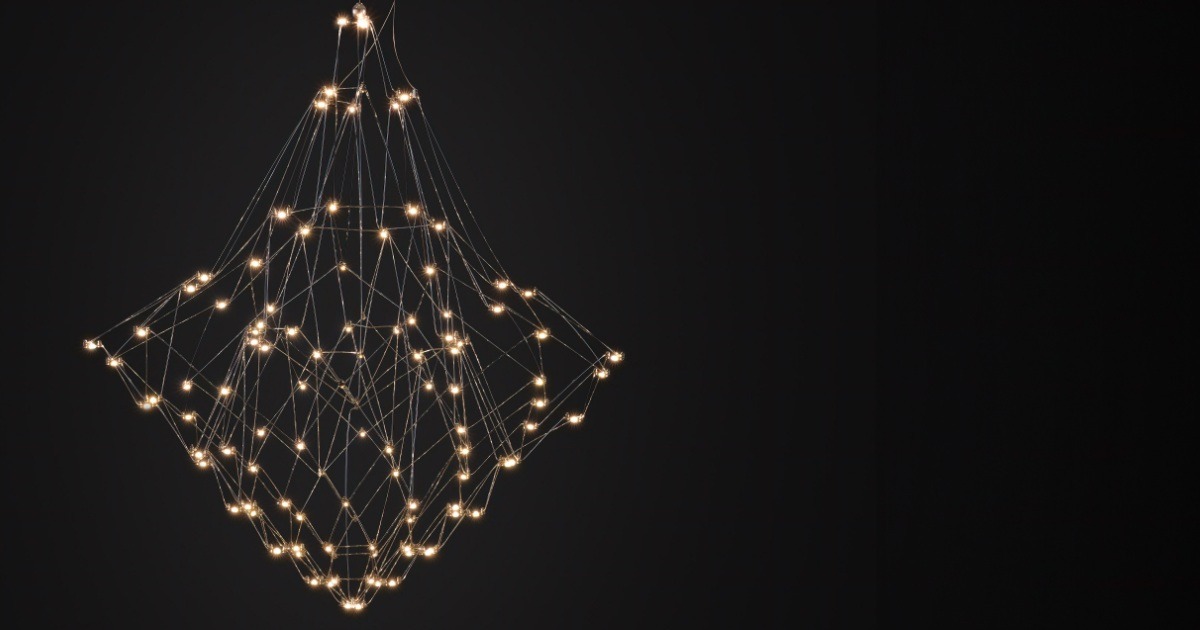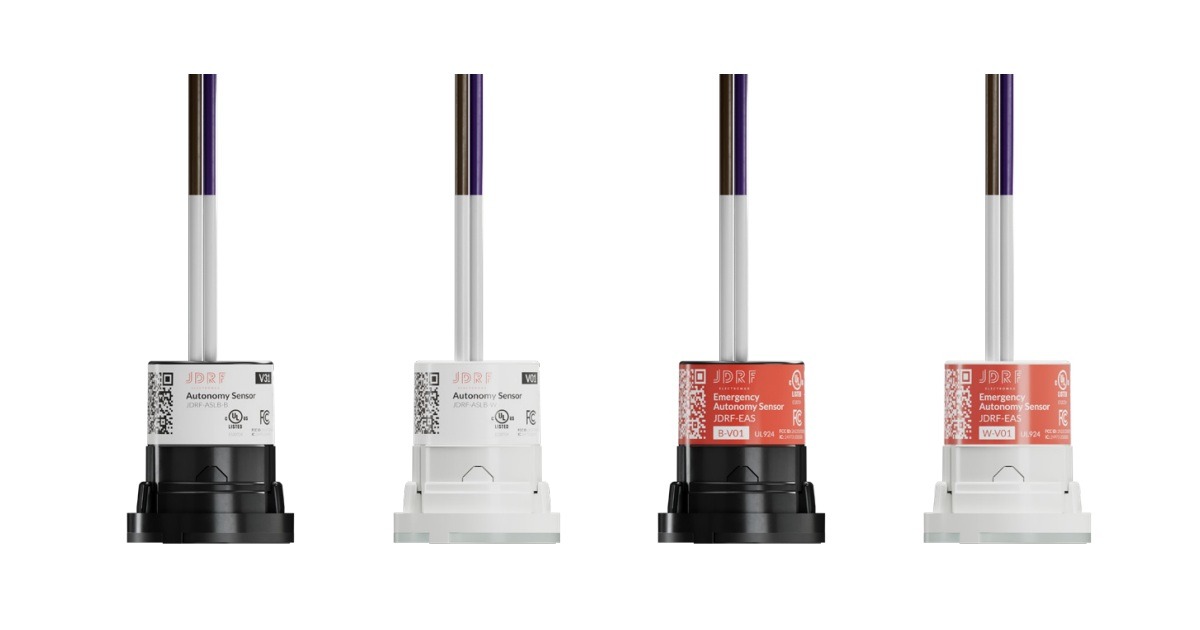Unlocking the Value of Energy and Operational Data
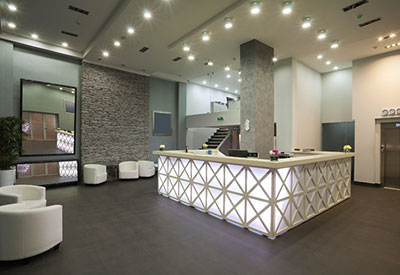
As energy costs become a rising concern for a growing number of companies, and as energy systems have become more intelligent, investments in energy efficiency projects have seen heightened activity. While some energy projects have a payback of 10 or 15 years, or even longer, the implementation of a lighting controls system can sometimes have a payback of two to three years, one reason that many companies include lighting retrofits and upgrades to smart lighting systems in their overall energy efficiency projects.
“One of the key benefits of a switch to LED lighting lies in its lower total cost of ownership,” says Jim McHale, managing director of Memoori, an independent market research company focusing on smart building technology. But there is a benefit that goes beyond immediate energy savings, and it lies in the data-gathering opportunities that can bring even more long-term value to the upgrade.
Lighting and energy management systems offer organization-wide data
While the best starting point of any energy conservation measure may be arguable, beginning with lighting systems is simple common sense for many companies because, regardless of the use and type of building involved, it must be lit. “You already have lights, so you already have those costs,” says Aaron Kless, director of application engineering at intelligent LED systems provider Digital Lumens. “Since a company must inevitably spend money on lights, it makes sense to be smart with your dollars and get more out of the lighting system,” he says.
Smart lighting systems allow companies to finely tune the monitoring and control of lighting throughout a facility or multiple facilities. A recent report from Navigant Research predicts that over the next seven years, annual sales for occupancy sensors, photo sensors and lighting network gear related to LED lighting applications will grow from US$1.1 billion in 2013 to US$2.7 billion by 2020. Falling LED prices are driving up adoption rates of LED lamps, which in turn will drive up the adoption of intelligent lighting controls. These lighting control systems gather innumerable points of operational data — from a single building or across an international portfolio of sites — that can show clear patterns of user behaviour, anomalies, inefficiencies and opportunities for process improvement.
“The controllable nature of LED lighting makes it well suited for use with sensors in smart lighting applications for a number of purposes,” says McHale.
For example, data from the motion sensors of a lighting system could show that, in a retail environment, lights in certain areas of the store are being activated more than lights in other areas, which indicates that there is more traffic in that area of the store. With these data, a manager might decide to reorganize the store in order to have the most important merchandise in those high-traffic areas. “Smart companies can really engage with this type of data in order to gain an advantage,” says Rob Day, a partner with Black Coral Capital.
While combining digital LEDs with advanced sensors, control systems and artificial intelligence will increase operational efficiencies, research shows that smart lighting systems are in use today in only a very low percentage of buildings, McHale adds.
At a time when commercial buildings use up to 40% of the world’s total energy consumption — spending about $100 billion on energy every year in the U.S. alone — that may be changing.
Microsoft is one company that has seen the necessity of using data points to inform operational changes and save money. The company created software that turned the 125-building campus of its headquarters into a “smart campus” that harvests billions of data points per week from thousands of sensors that track equipment such as heaters, air conditioners, fans, and lights, and that have saved the company millions of dollars. In one garage building alone, exhaust fans had been mistakenly left on for an entire year, wasting $66,000 in energy costs. The mistake was uncovered by the smart buildings solution almost immediately, and the problem was corrected, Microsoft says.
The challenge of gathering and interpreting data
While most companies can’t rival Microsoft in scale, they can still reap enormous benefits from data mining. But while they may know that operational data can offer invaluable insights into operations and energy management, they may not have access to such data, or they may lack ways to analyze and interpret them. In order to achieve operational efficiencies via data mining, facilities managers or energy management teams should first consider how they can
• accurately monitor various equipment, systems, and personnel
• gather data on both energy and traffic patterns and can synthesize it in a single system into meaningful insights, enterprise-wide
Intelligent lighting and energy management systems that provide detailed data on energy usage and lighting system performance, and that offer a dashboard with the ability to compare efficiency and energy usage data across multiple facilities, can be a viable solution, from both a cost and technology perspective. The data can help customers determine when, how and where lighting is used, allowing them to easily implement lighting control programs to adjust to their facilities’ changing needs.
Warehousing and distribution company SnoTemp Cold Storage, based in Eugene, Oregon, for example, needed to install higher quality lighting and save on energy expenses. By installing an intelligent LED lighting system, the company saved in excess of one million kWh in lighting-related energy usage and reduced heat-related energy loads on refrigeration systems by more than 500,000kWh annually. The savings came not only from reduced energy use by the LED lights, but from a system that mined and interpreted building data, allowing the company to
• eliminate disruptive re-lamping and re-ballasting events
• automatically turn on, off, or dim lighting to save energy without worrying about ramp-up times or cycling impacts
• adapt to widely varying needs of the organization, such as those in high traffic, fast turnover product storage areas vs. seasonally intense traffic areas vs. low-space usage during off-season times
The data also enabled the company to respond to unscheduled or unique events, such as operational emergencies, inventory assessments, or a facility open house, by instantly (and remotely) changing lighting settings to appropriate levels and saving those settings for future use.
While work teams and maintenance crews have been happy with the upgrade for the quality of light and ease of modifying lighting behaviours, management is thrilled with its “ability to collect, analyze and document facility-wide energy use, occupancy patterns and savings down to the individual fixture,” says Jason Lafferty, VP and general manager for SnoTemp.
Energy efficiency solutions provider Groom Energy designed and managed the retrofit, including the upgrade to Digital Lumens’ intelligent lighting system.
Moving forward: where do I start?
If you’re one of the increasing numbers of companies looking to install an intelligent lighting system, first consider your energy and lighting goals before you try to discover which solution is best for you, says Day. Where do you need more light? What are your energy targets? What are your future energy and lighting needs going to be? Do you want to tie in other systems such as HVAC, security, or even plug-load?
Then, Day suggests, decide what type of data you want from your system. Think big: “Just a couple of data points are not that interesting, but hundreds of thousands of data points that show where you’re using energy, where you’re using lighting, can inform decisions about the space and use.”
Next, consider who will manage and monitor the system. “Companies need to figure out who can treat energy as a profit centre rather than a cost centre,” says Day. “When they find that person, the role will be not only to monitor that everything is working the way it should, but to find new ways to generate profit.”
A person with an entrepreneurial mindset will fully engage with the data, “rather than, once every few weeks, opening up a new screen to see if everything is working the way that it should.”
Currently, most companies leave energy management in the hands of a factory or facility manager who already has safety, productivity, and the building to oversee. “They can’t do all of this,” says Day. “That’s why we’re seeing companies assign this as a primary responsibility.”
Source: Unlocking the Value of Energy & Operational Data, a white paper published by Digital Lumens.



